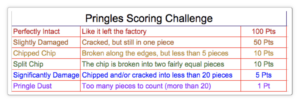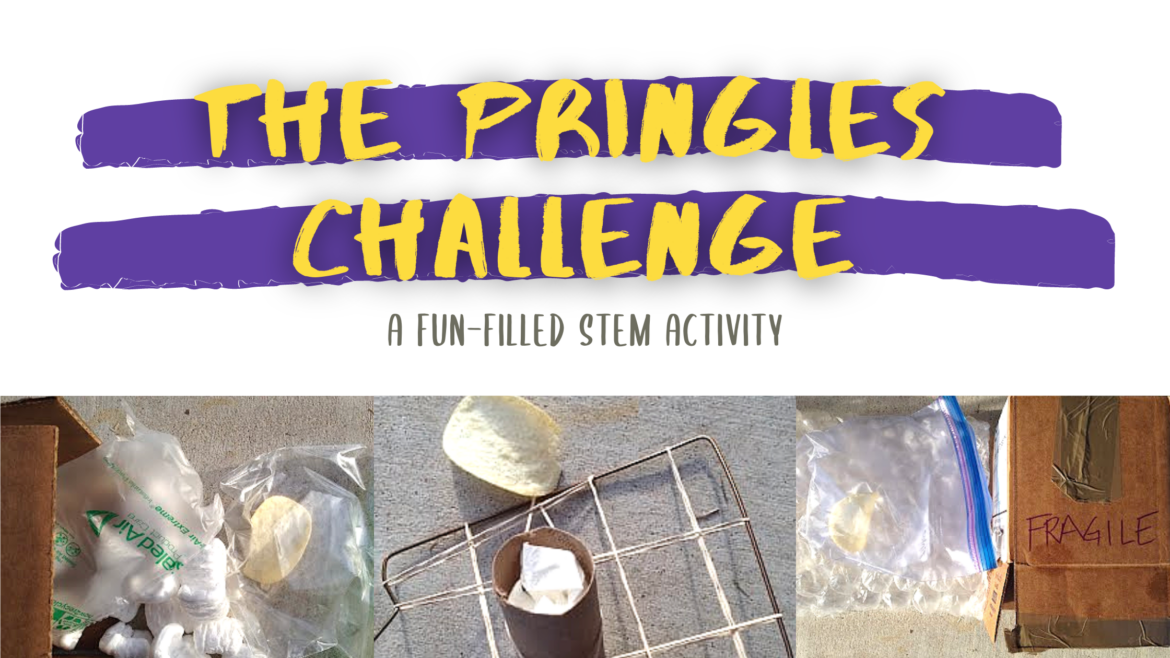Sometimes I really miss lesson planning. Well, maybe not the physical writing of lesson plans, but creating lessons for my students using a variety of educational frameworks: Tony Wagner’s Seven Survival Skills, SAMR, the Four Cs, the ISTE Standards for Students, Bloom’s Taxonomy, or the P21 Framework for 21st Century Learning.
Back in 1984 when I first started teaching, my main goal was to get my students to think and learn. Throughout my 24 years as a classroom teacher, my students and I froze our fingers making ice cream in Ziploc bags. We created and flew tissue paper hot-air balloons to catch the cool morning air. The Pedernales Electric Cooperative sent out a cherry picker (bucket) truck to drop raw eggs so my students could test out their egg catchers. My first and second graders researched dinosaurs and no one complained when the dino-cake I baked tasted freezer burned because Dinosaur Day was postponed two weeks when I ended up in the hospital with pneumonia. With such a hodgepodge of activities, why not add Pringles to the mix?
The Pringles Challenge
The Pringles Challenge is a STEM activity and requires problem solving, imagination, creativity, and collaboration. It also covers many objectives and goals you’ll find in today’s frameworks. Because the thinking it requires is so high on Bloom’s Taxonomy, it fits in well with many different subject areas. It’s a take off of the classic egg drop activity.
The Task
The task for the Pringles Challenge is pretty straightforward. Small groups of students design packaging which will transport a single Pringles potato chip from their school to another location, using the US Postal Service. You can find various adaptions of this challenge below, but feel free to adapt the Pringles Challenge to meet your classroom or campus needs. If you need to save on shipping costs, try sending your packages to different libraries using your district’s mail system. To infuse technology into the activity, create a shared document to track the progress of the Pringles or have your students blog about their experience.
The Goal
To engineer a package design that will protect a delicate item so that it arrives to its destination without any damage. It should have the smallest mass and volume yet still protect the chip.
Rules
- Students will use only 1 Pringles Potato Chip.
- The chip cannot be altered in any way. Do not apply any kind of substances to the chip.
- Work in a small group to brainstorm, design, and test package.
- Packages must be sent using USPS.
- Package needs to be a size of 3″x5″ minimim.
- Package needs to be clearly labeled on the outside with your name. Be sure to include any special unpacking instructions if needed on the outside. Example: Handle with care.
- Each package sent must include an email address of where the recipient can send scoring info.
- Package must arrive with enough time for the recipient to send scoring info before the assignment is due. Choose recipient wisely and plan accordingly for mail distribution hiccups.
Scoring
Typically, three measurements must be collected in order to score a package for The Pringles Challenge. Those measurements are:
- Mass
- Volume
- Intactness of chip (example below)

For my TCEA STEM presentation, four of my colleagues stepped up to the plate and took on an adaption of the Pringles Challenge. Please check out their designs and final points awarded here.
Scoring and Additional Pringle Challenge Resources
- Pringles Challenge Scoring
- Package the Pringle Challenge Doc
- Pringles Ring STEM Challenge
- Pringles Physics Project
- The Pringle Package Project
- Project #1: Package the Pringle Challenge with Rubric
- Pringles Potato Chip Mailing Challenge
If you decide this is the year of the Pringles Challenge, I’d love to be on the receiving end of a bunch of potato chips. My address is 3100 Alvin Devane, Bldg. B, Austin, Texas 78741.
Featured Image: Photo taken by author

